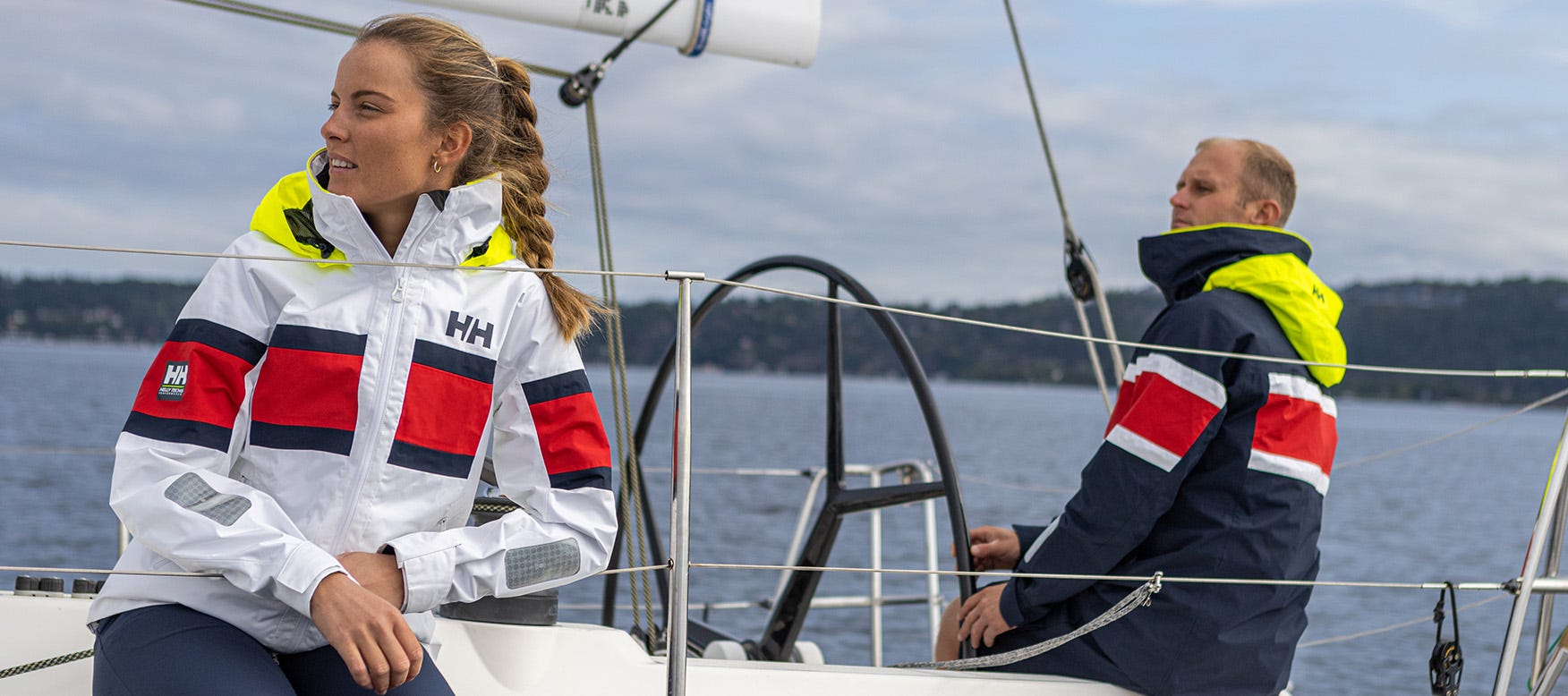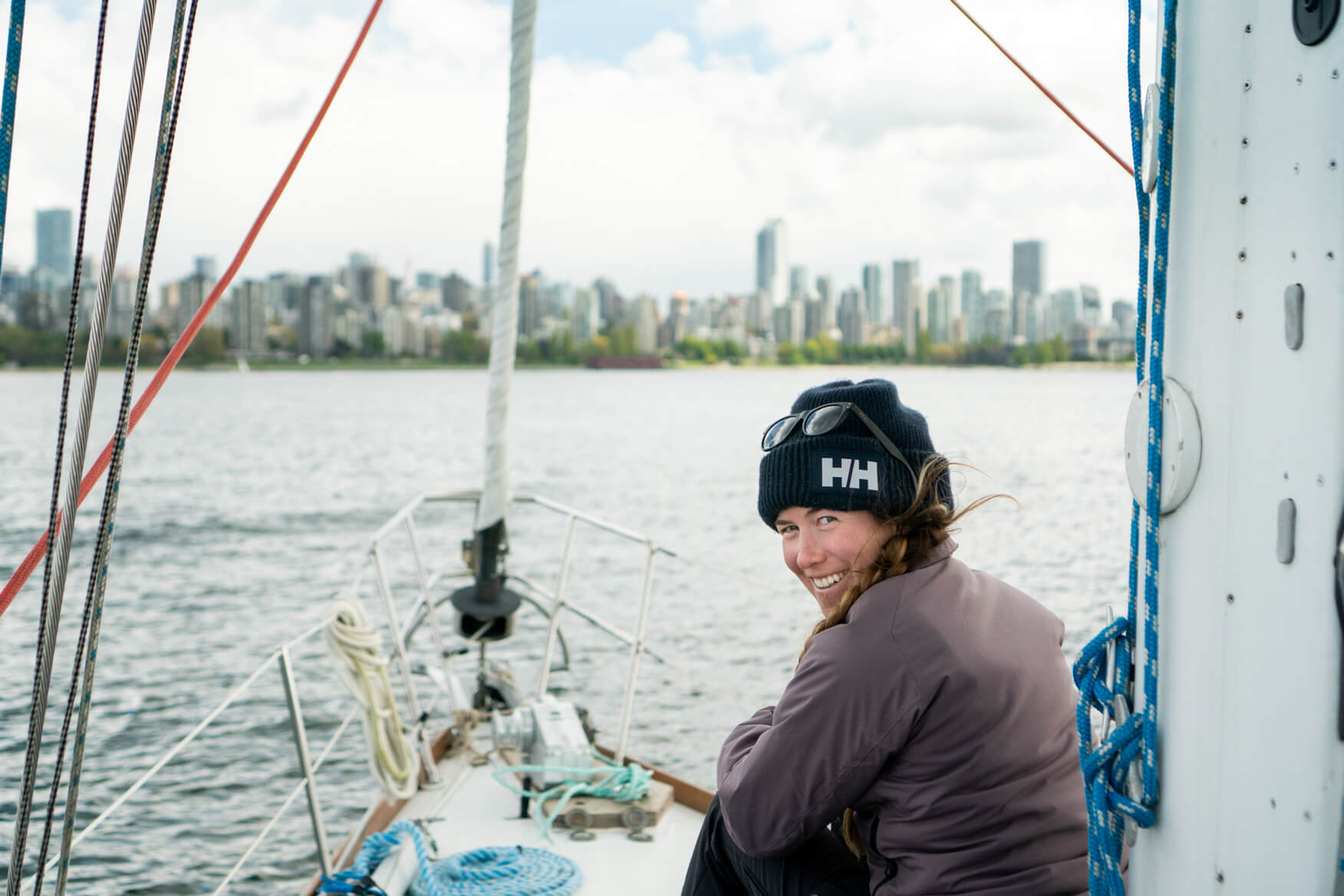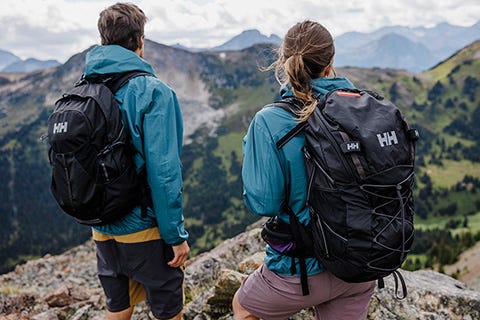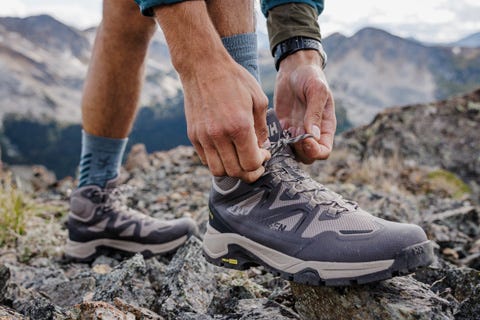Local Storage seems to be disabled in your browser.
For the best experience on our site, be sure to turn on Local Storage in your browser.
Choose your country

What to Wear Coastal Sailing
February 15, 2021
Update: April 30, 2024
3 min read
Coastal sailors like Kayleen VanderRee spend their lives on the water. When we asked sailor and adventurer Kayleen what to wear for coastal sailing, we got a loud and clear “Layers!” in return.
“Sailing on coastal waters can be temperamental. I always dress with layers, as cruising can go from downwind at 10 knots to a beam reach in a winter's gale – really quickly. You've got to be prepared for it all,” Kayleen says.
When coastal sailing, your boat will be out on the water for an extended duration alongside, but not far removed from shorelines. It requires a high degree of self-sufficiency, and sailors should be prepared for a variety of conditions. In this guide, we’ll show you how to layer up for coastal sailing like Kayleen.
Explore gear for coastal sailing
Layering for Coastal Sailing
The concept of layering is basically to mix and match different pieces of clothing to stay comfortable throughout changing weather conditions and varying levels of physical activity.
You wear:
- inner layer immediately next to your skin for moisture transport
- a middle layer for insulation
- an outer shell layer for wind and moisture protection.
It is important that the outer shell layer fits comfortably over the midlayer(s) without restricting movement. This unique flexible system enables you to stay comfortable and protected, whatever conditions you face at sea.
Coastal sailing requires protection from cold winds and foul weather. For this, we recommend sturdy, waterproof fabrics, and warm midlayers.
BASE LAYER – NEXT TO SKIN
Often referred to as a second skin, our base layers are vital for temperature regulation and moisture management. When coastal sailing, you should look for a base layer that combines good moisture management with warmth. For Kayleen, it’s important that the base layer keeps you warm when you're stationary, yet dry when you're building up heat from grinding on a winch.
MIDLAYER – STAY WARM
Midlayers are your main source of warmth when on the water but also need to be breathable and movable. Kayleen prefers a synthetic vest or jacket for periods of high-intensity work or in inclement weather. On dry cold days or when she's winding down, she reaches for a down jacket to keep her warm.
OUTER LAYER – PROTECTION
Look for protection on windy days and waterproof barriers for waves and damp breezes. Your outer layer needs to be waterproof for ocean sprays and rain showers. As Kayleen says, “I find myself reaching for my offshore jacket even on the inner waterways due to its big collar that covers my chin and the warm fleecy pockets.”
Our Men's Skagen Offshore Jacket offers weather protection with waterproof, breathable and windproof HELLY TECH® Performance 2-layer construction. A fleece-lined collar keeps the warmth in, while the adjustable hi-vis hood, face shield, hem and cuffs enable a customized fit for comfort and SOLAS-approved reflectives ensure visibility at sea.
Our fully-seam sealed Women's Crew Hooded Jacket offers waterproof, windproof and breathable protection. The versatile shell jacket includes a packable hood, a high fleece-lined collar and an adjustable drawcord.
When sailing the inside passage in November a few years back, I used an outer layer shell with just a sweater underneath. I was cold and my jacket soaked through. I learned that thick fog and relentless rain was no joke. Now, after investing in a good set of bibs and offshore jacket, cruising in the winter is only limited by our lack of heater on board!
Coastal sailing pants should be durable: a reinforced seat and knees are a big plus. For optimal mobility on deck, you might want pants with articulated knees. Big pockets and easily adjustable suspenders can make daily activities on the boat smoother. And of course, a waterproof and breathable HELLY TECH® construction will protect you from the ocean swell and your own sweat.
SHOES
Like many other sailing shoes, coastal sailing shoes should have a sturdy grip and quick-dry fabric, such as a high-performance sneaker hybrid with an open-mesh construction that enhances breathability, and flexibility, while the structural overlays protect the feet from deck hardware.
It's always cooler on the water and often even in the summer, I find myself wearing a toque while sailing.

Explore the Coastal Sailing Collection
Follow Kayleen's adventures
Follow Pip's adventures

June 03, 2024 3 min read
How to choose the right backpack for your adventure
Ever wondered how much you can fit in your backpack? Whether you're planning a day hike or a multi-day expedition, choosing the right size is crucial. Learn about the different pack capacities, types and key features to look for.

May 15, 2024 3 min read
How to Choose Hiking Footwear
The best hiking shoes or boots should be comfortable to wear. Follow our expert tips to learn how to choose the right hiking footwear for you.

April 30, 2024 2 min read
What to Wear Inshore Sailing
Inshore sailing requires quick-dry materials and lightweight jackets. In this guide we share some top tips on what to wear from seasoned sailor, Mauro Melandri.

April 15, 2024 2 min read
How to properly fit a backpack
Learn how to fit your backpack perfectly with expert tips from Helly Hansen's Darren Lum. Discover essential adjustments for comfort and safety.
